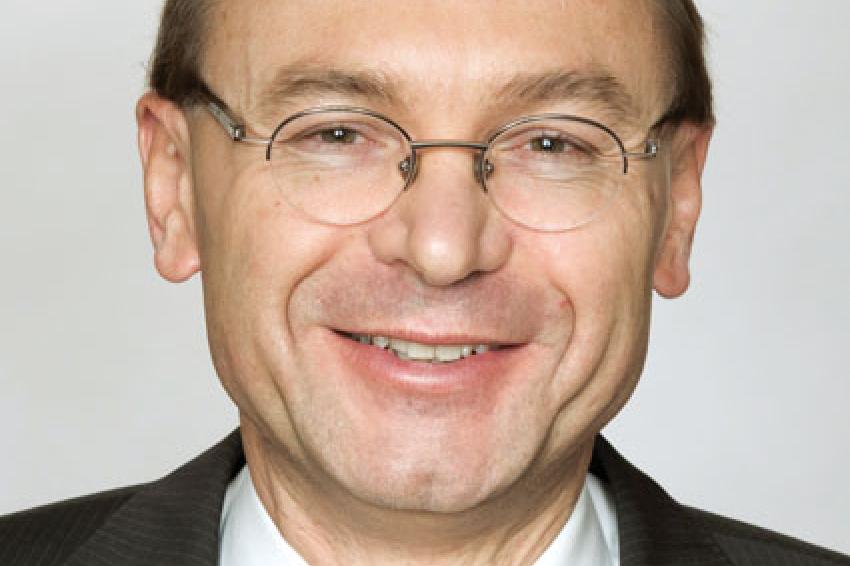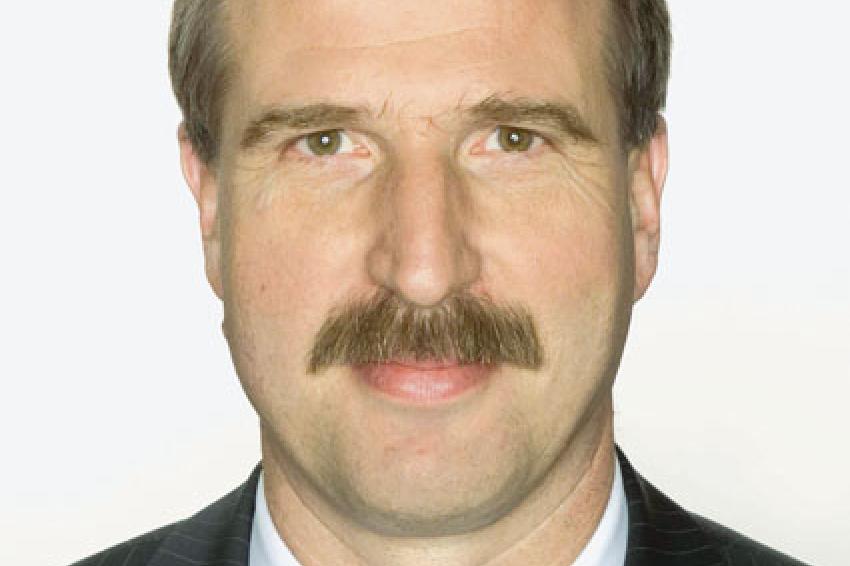Plant – Product – Process
Dimensions of Design: The Route to Success
Project Elements - What is the consulting and engineering specialist Chemgineering doing in Istanbul and how does the topic of technology transfer influence the design of plant, product and process in investment projects?
Ana Wood spoke with Dr. Gerhard Bauer-Lewerenz, Head of Consulting, and Rolf Mönig, Head of Engineering at the Chemgineering Group, about international prospects and the right way to approach fast track projects.
CHEManager Europe: Dr. Bauer-Lewerenz, you recently participated in a pharma symposium dedicated to "New developments in packaging and sterile manufacturing" in Istanbul, Turkey. What was the impetus for this?
Dr. G. Bauer-Lewerenz: The focus of Chemgineering Group is international. Our credo is to go and grow there where our clients are. From several Consulting projects in Istanbul we learned that the industry there has some attractive potential for our Engineering business, too. Especially, in the area around Istanbul you can find production sites and locations of all the big pharmaceutical and chemical companies we know from Europe, as well as very competitive and interesting local companies with a high drive to exporting their products. Being one of the partners of the symposium, we had the chance to present ourselves to a broader audience in that market. The feedback was astonishing and hopefully we will be able to broaden our focus on South-East Europe to this country too.
How do consulting and engineering work together on investment projects?
Dr. G. Bauer-Lewerenz: Ideally, hand-in-hand. However, we follow a two-way strategy: usually, our Business Designers (the consulting unit) focus on projects that are independent from investments, whereas the core business of the Technology Designers (our engineering unit) is industrial investment projects. However, in the course of such an investment project, our consultants' know-how may add specific value, for example with regard to questions of compliance or regulatory affairs.
How do the dimensions of design - plant, product, process - go together from the engineering perspective?
R. Mönig: Imagine a project like a house: The basement is set by a so called programming workshop. Project success is based on the three columns intelligently brought together: The success of plant design is determined by layout and validation, whereas product design success depends on robustness and regulatory approval. Process design is successful through stability and GMP compliance. As these elements overlap at certain points, it is essential to make efficient use of the interfaces. If the house construction is finished and roofed, you have successfully completed the project.
Nowadays, investment projects very often turn out to be "fast track projects". How would you define fast track?
R. Mönig: "Fast track projects" are technically highly sophisticated projects, which are already running late from the first minute on. With normal project procedures they would fail. The project goal can only be achieved by an intelligent and controlled process optimization. What does this look like? Well, avoid duplication of work and accelerate the processes, for example allow a high overlap of the planning and execution phase without losing the project, of course. This sounds easier than it really is and demands high commitment and motivation from the whole team.
What are the key factors for success in such a project?
R. Mönig: It‘s all about the start: in the "programming phase", you should reserve enough time to define the project parameters and to attain a common understanding of responsibilities and roles. A competent client and a professional team of experts substantiate a good and common design base in the initial phase. Moreover, the willingness for team work as well as an own project culture based on team building exercises and project discipline are essential to run a project smoothly.
Another important factor is the "partnering approach" which means trustfully and honestly working together without losing track of everyone's contractual responsibilities. Of course, the partnership grows with the number of projects that one has executed together.
Why is a proper analysis and review so important?
R. Mönig: Targeted value engineering can save enormous time and costs: From experience, 80% of a project budget is scheduled for investment already in the conceptual design phase. This leaves only 20% scope for changes which means that it is increasingly difficult to alter the parameter during the further course of the project. The team's resistance to change will also increase as costs rise and scheduled deadlines cannot be met. Therefore, it is more efficient and cost-effective to know about changes in earlier phases rather than towards the end of a project. Thus, a proper risk analysis and regular reviews of the current project status are inevitable for project success.
What is key for successful product design?
Dr. G. Bauer-Lewerenz: To combine innovative approaches, regulatory requirements and production demands through a stringent technology transfer. And this does not start at a certain point during the process. Regulatory bodies must to be involved early enough to review the site and plant layout as well as products and processes to achieve marketing authorizations. The product specifications in regulatory documents influence the process in the plant, the range of suppliers (API, excipients, primary packaging, etc.) and the choice of process equipment. Successful inspections by authorities such as FDA, EU authorities and others are mandatory to obtain marketing authorizations.
In our globalized world, it is often the case that one product will be manufactured in several countries. How can your clients ensure to achieve the needed quality for production everywhere?
R. Mönig: In international projects, technology transfer is the foundation for reliable processes. In order to successfully transfer a product design technology from one market to another, three steps are important: firstly, the regulatory strategy has to be set up, followed by qualification and then validation.
A profound risk analysis in the beginning combines plant, product and process. During the phases of an investment project you have to deal with a lot of timely steps and documents for utilities, analytical procedures, cleaning and manufacturing processes. Especially, market-specific regulations have to be paid attention to. The risk analysis saves time by reducing the effort through the risk-based approach.
To sum up, what suggestions and recommendations would you give clients and partners for turning the dimensions of design into project success - here and abroad?
R. Mönig: The specific evaluation of a fast track project should be implemented in the initial phase and needs project experience. Moreover, it is absolutely important that the project procedures and processes meet the project goals. An inconsistent project organization and process "burden" the whole project and will be present until the final handover. Apart from that, integrate the plant and equipment with qualification needs and include local technical guidelines and regulations in your planning. People think that the first design period is not fast enough: At this initial stage of a project you need to allow proper time to fix the details.
Dr. G. Bauer-Lewerenz: ... and do allow enough time for the regulatory side!








